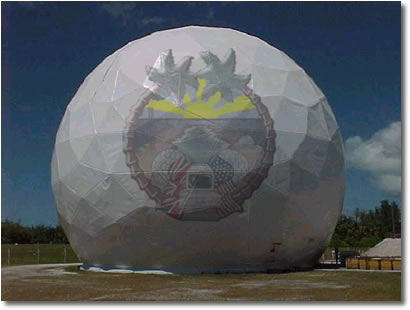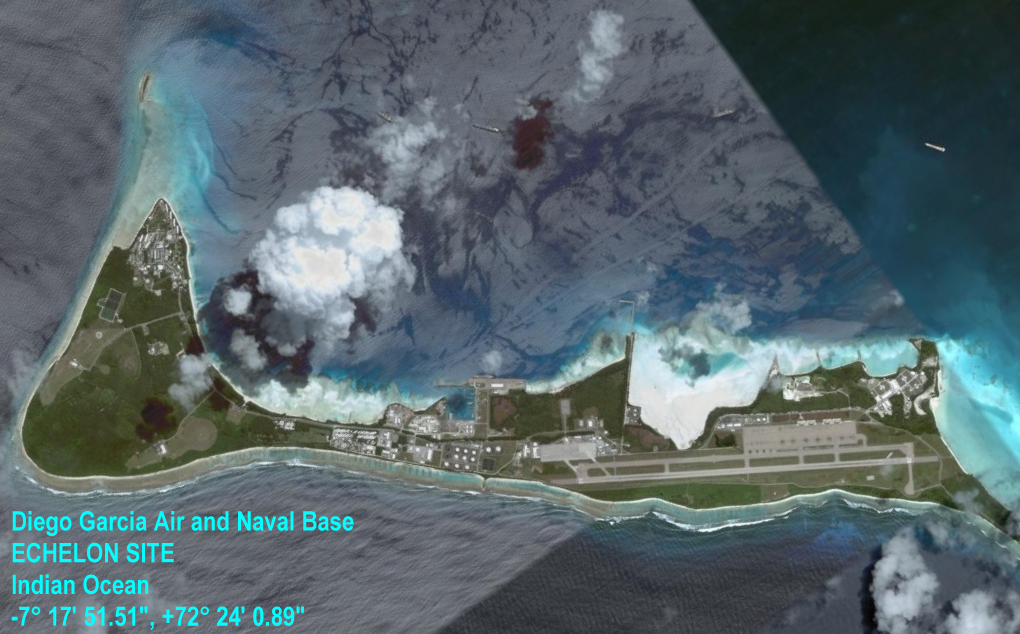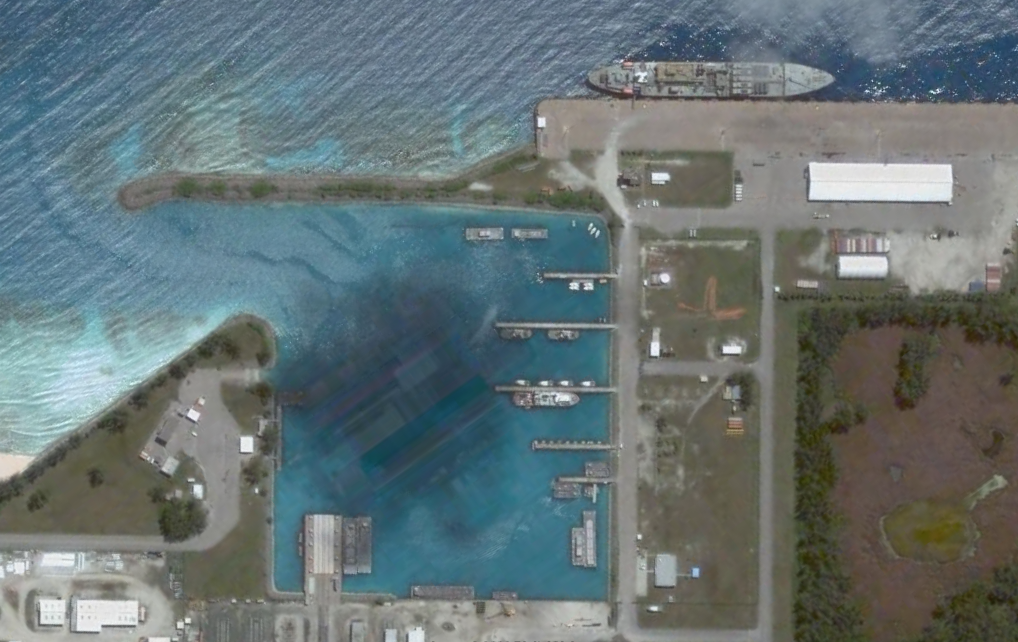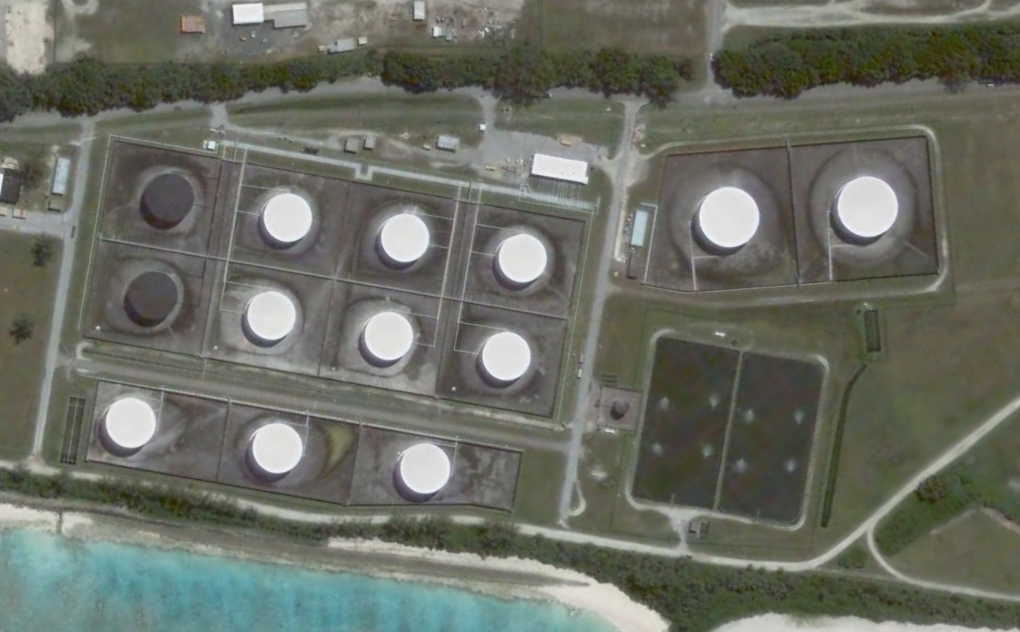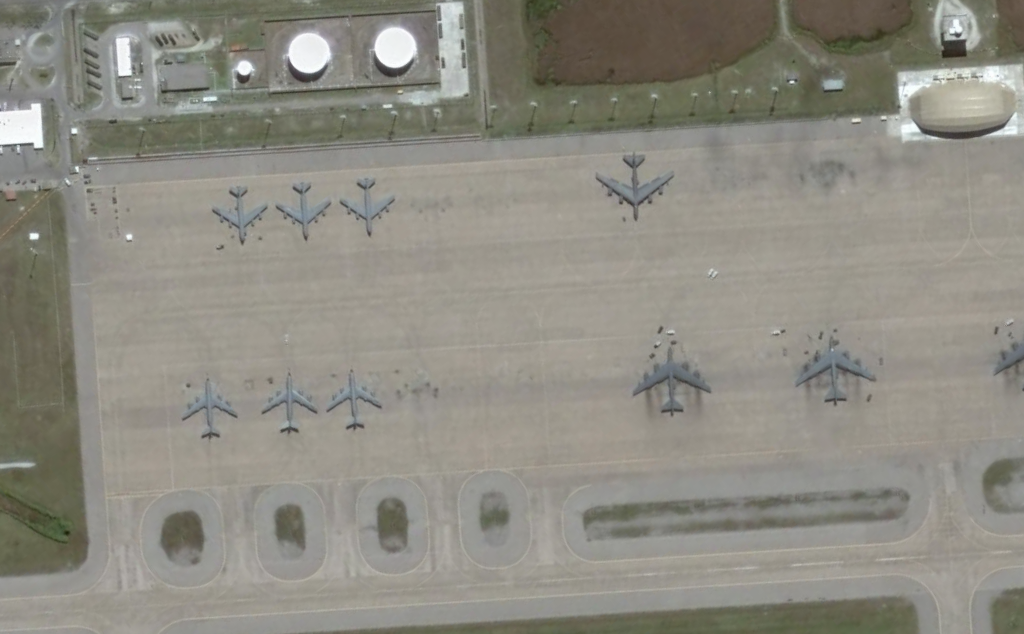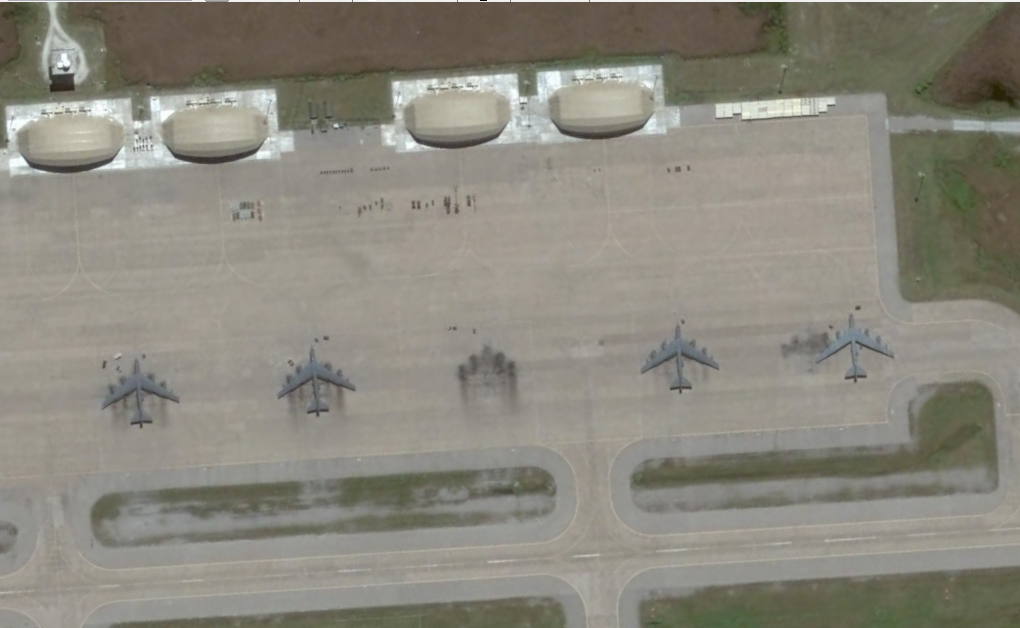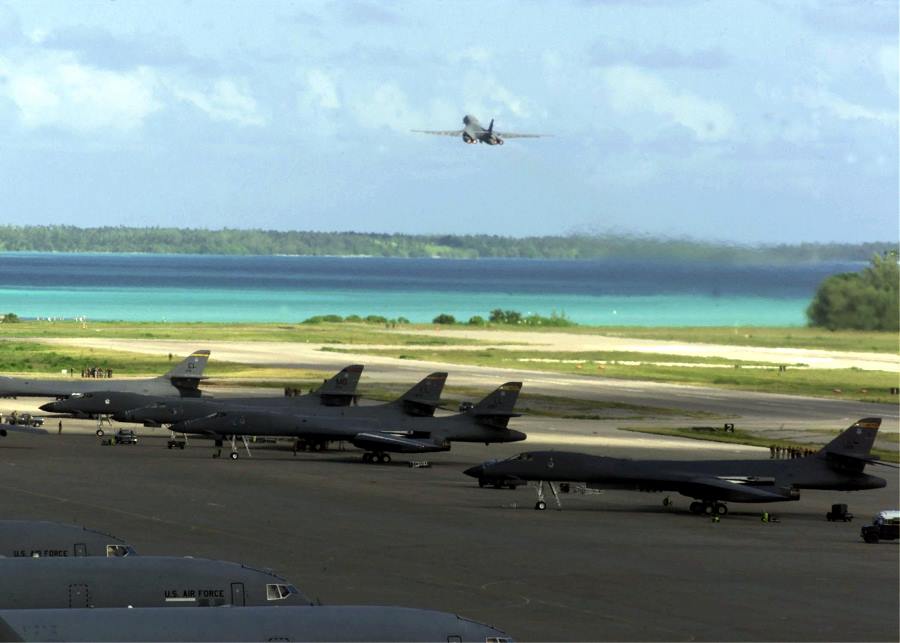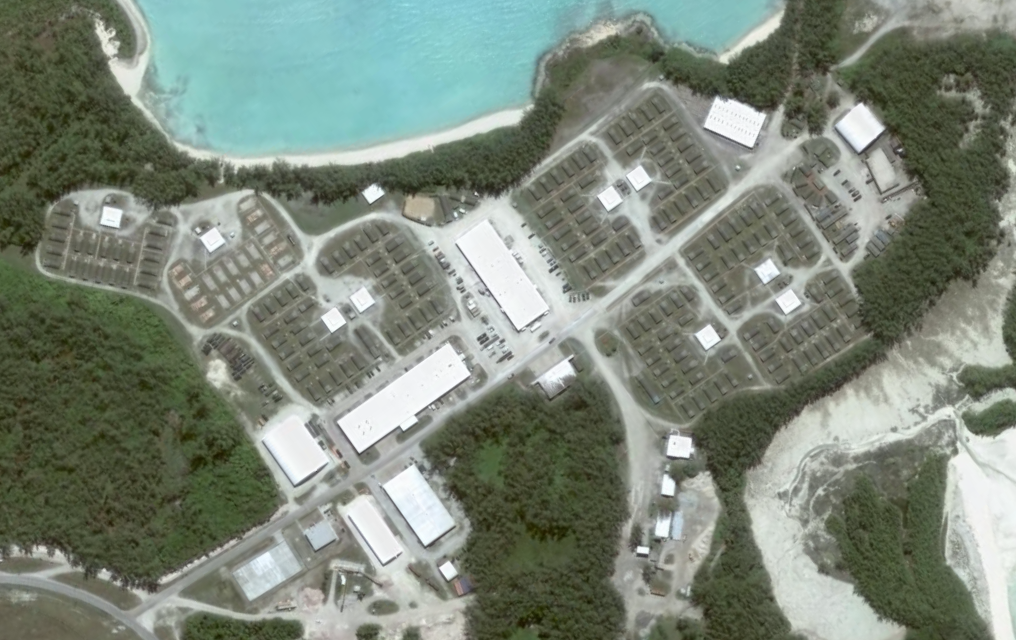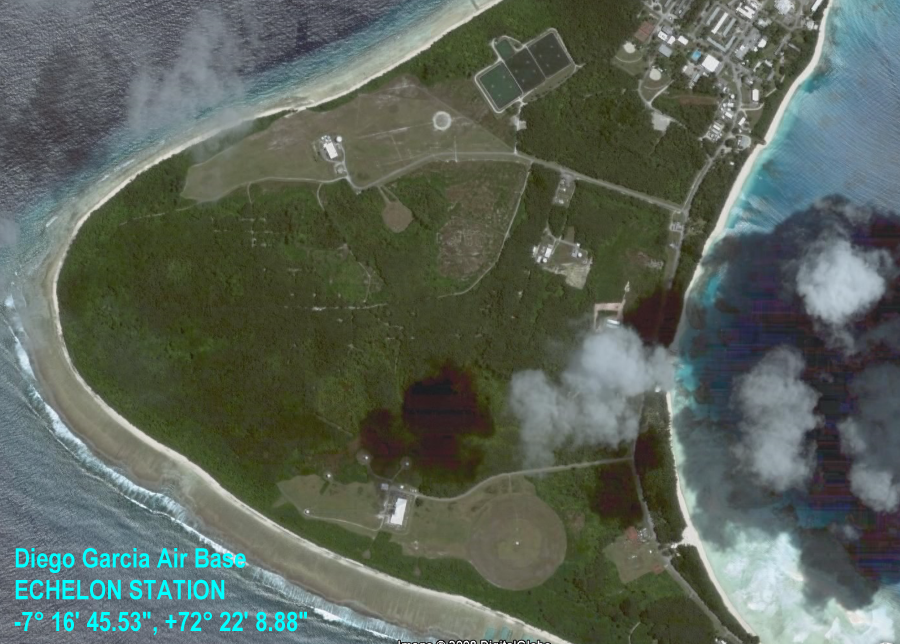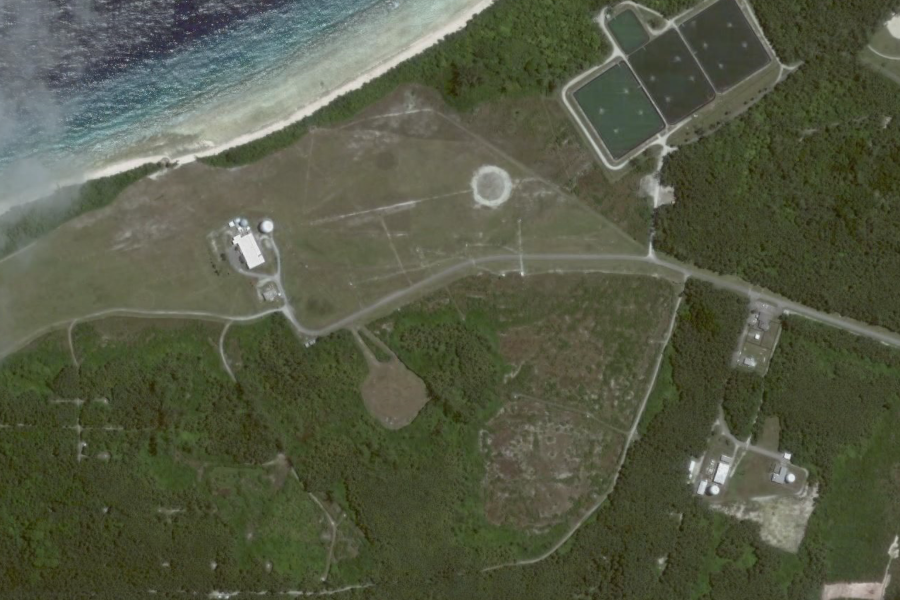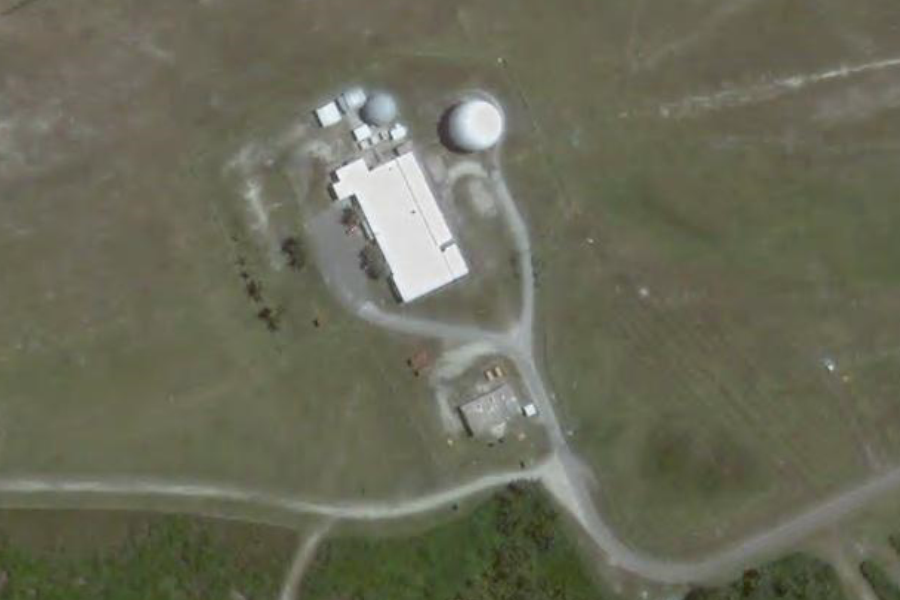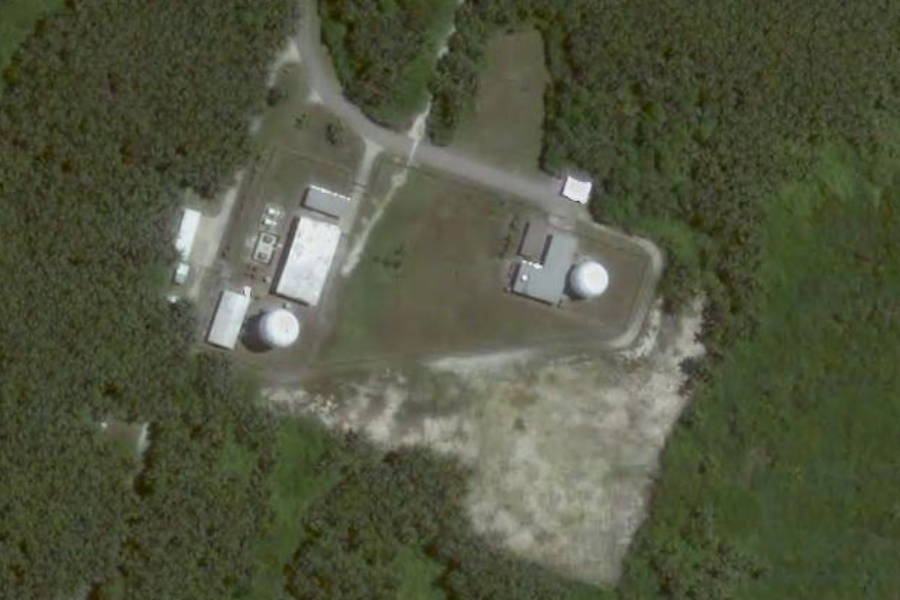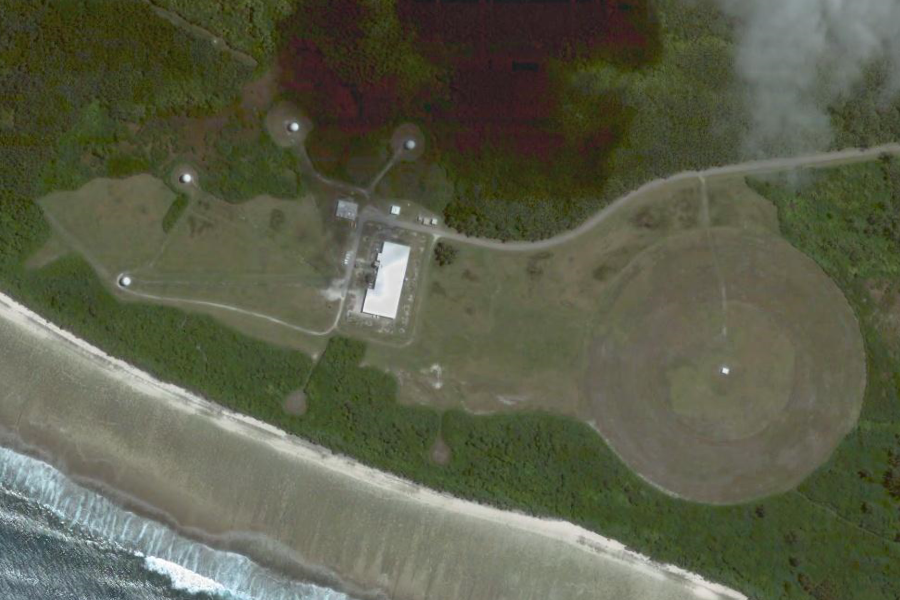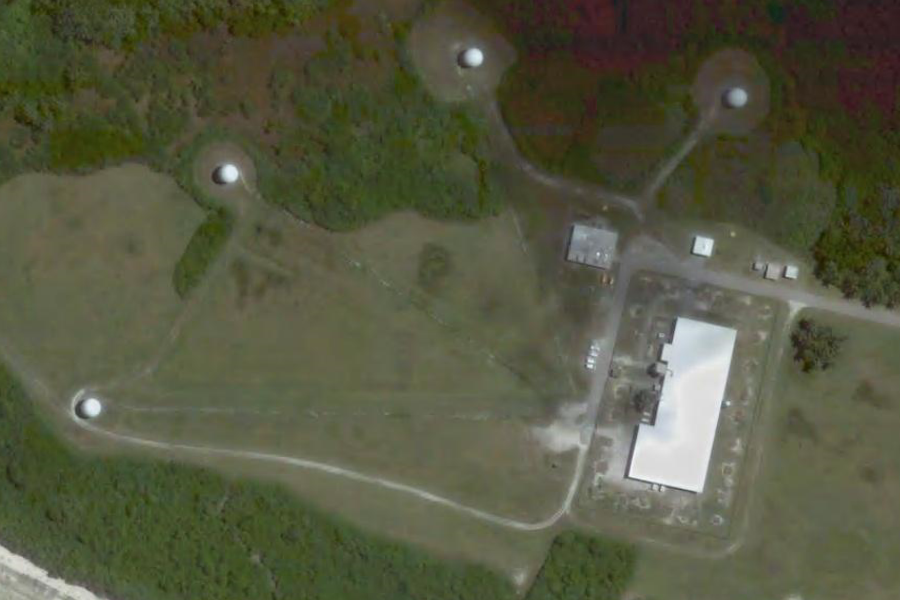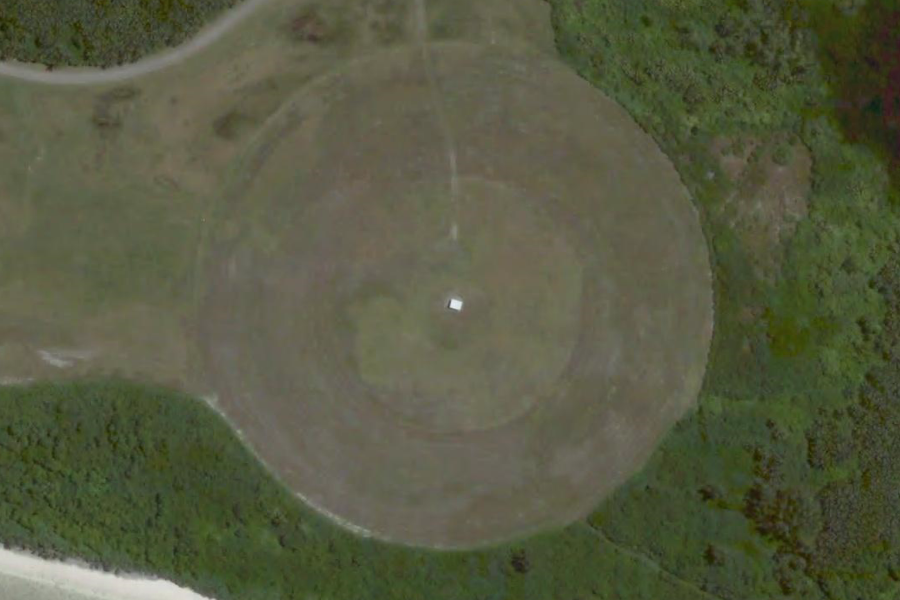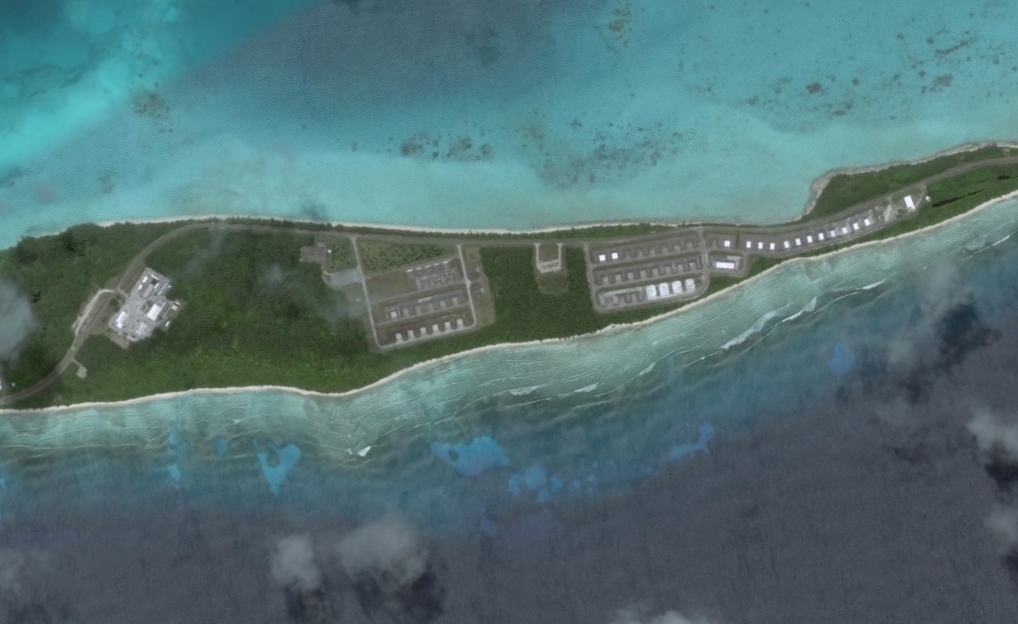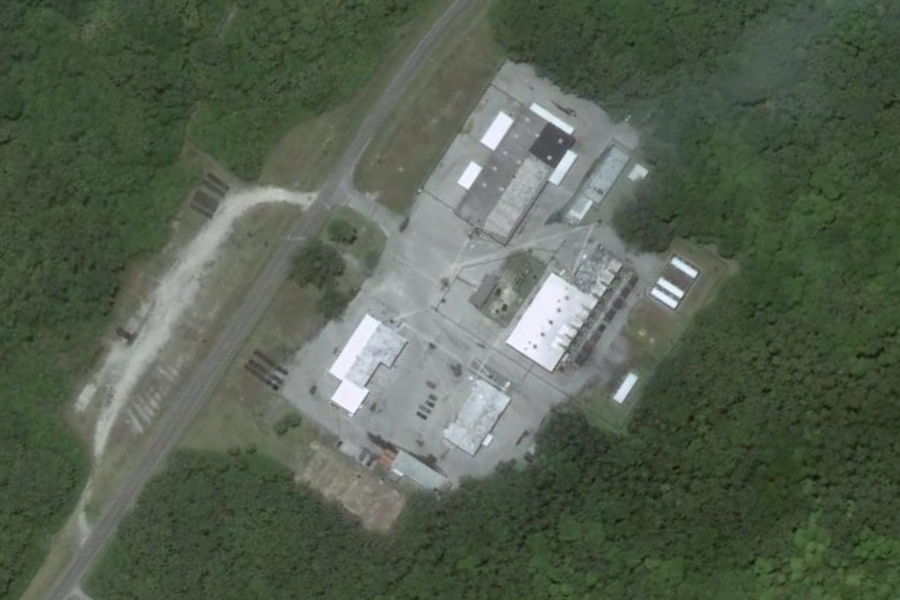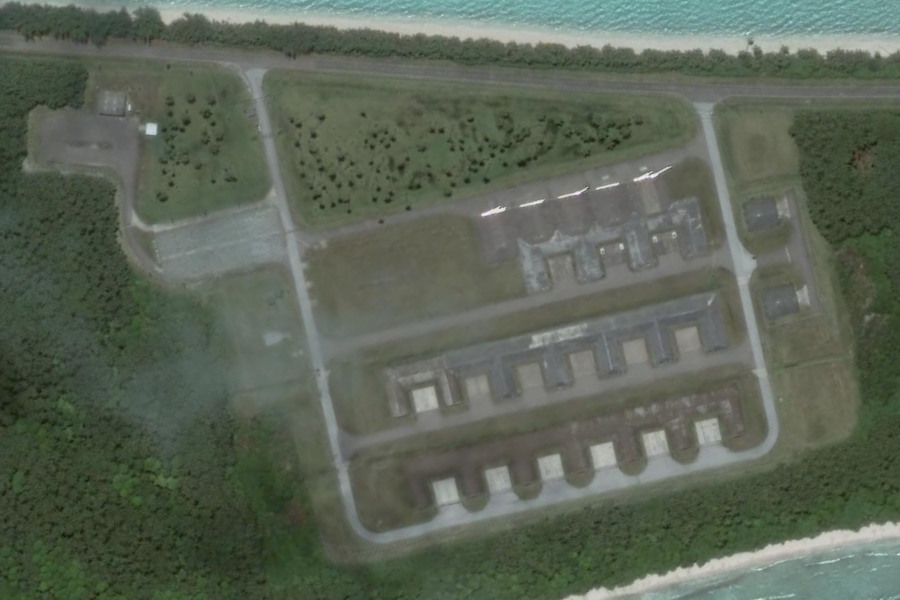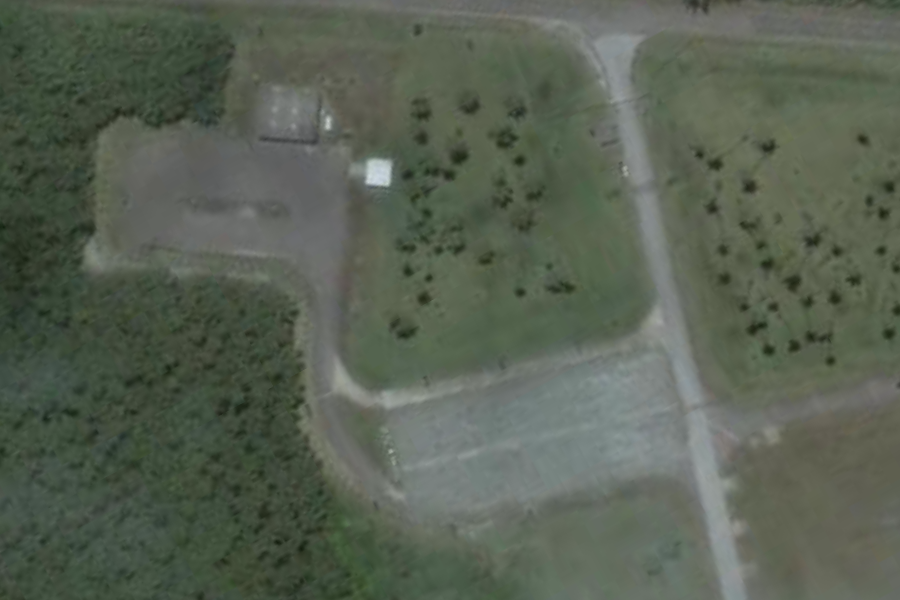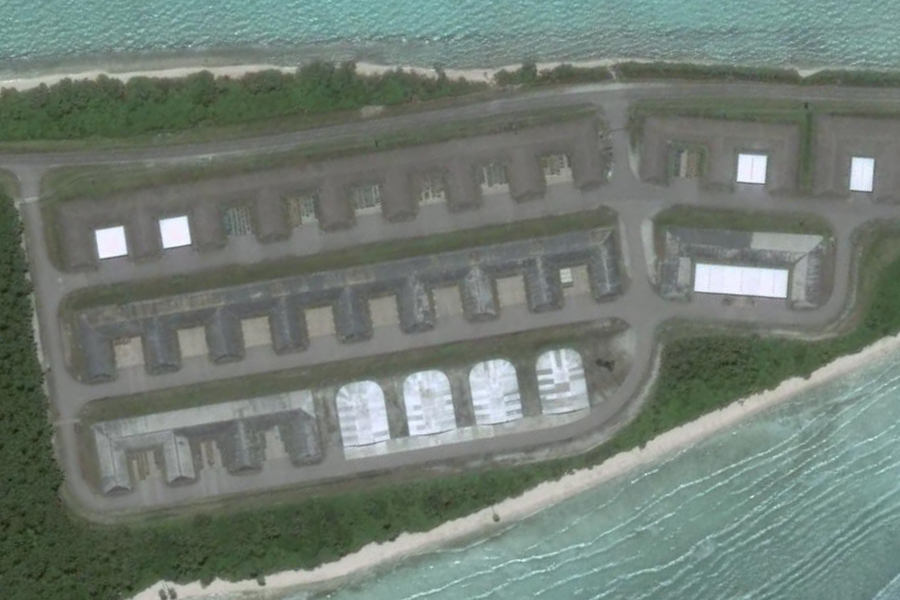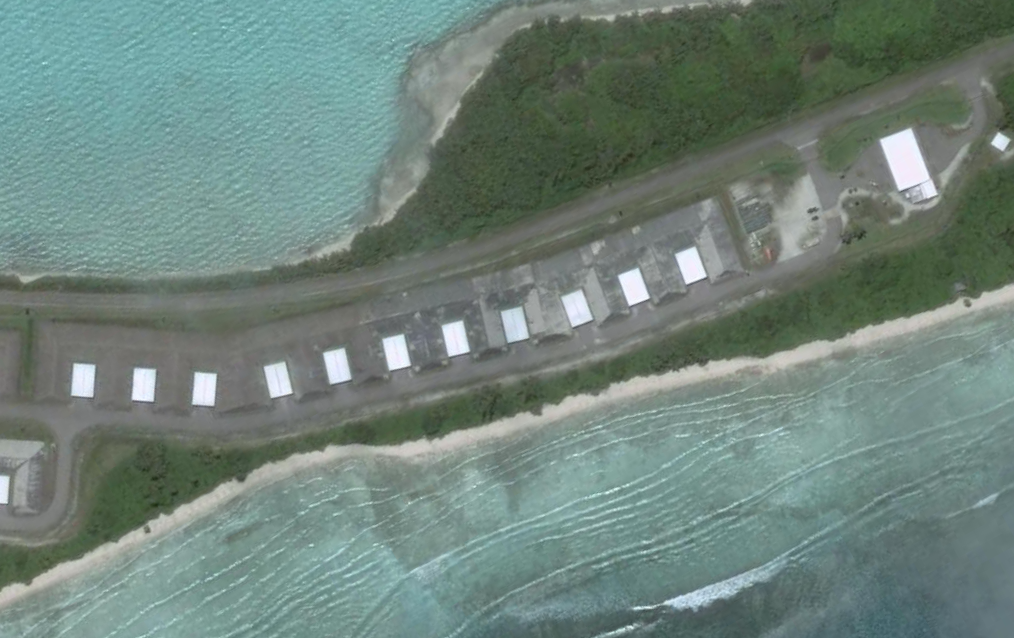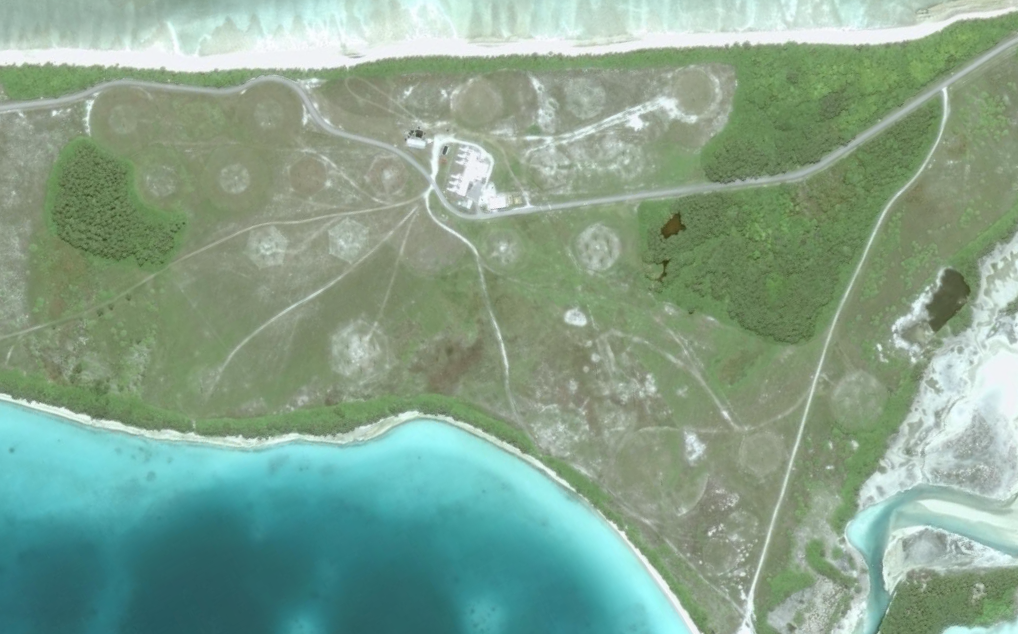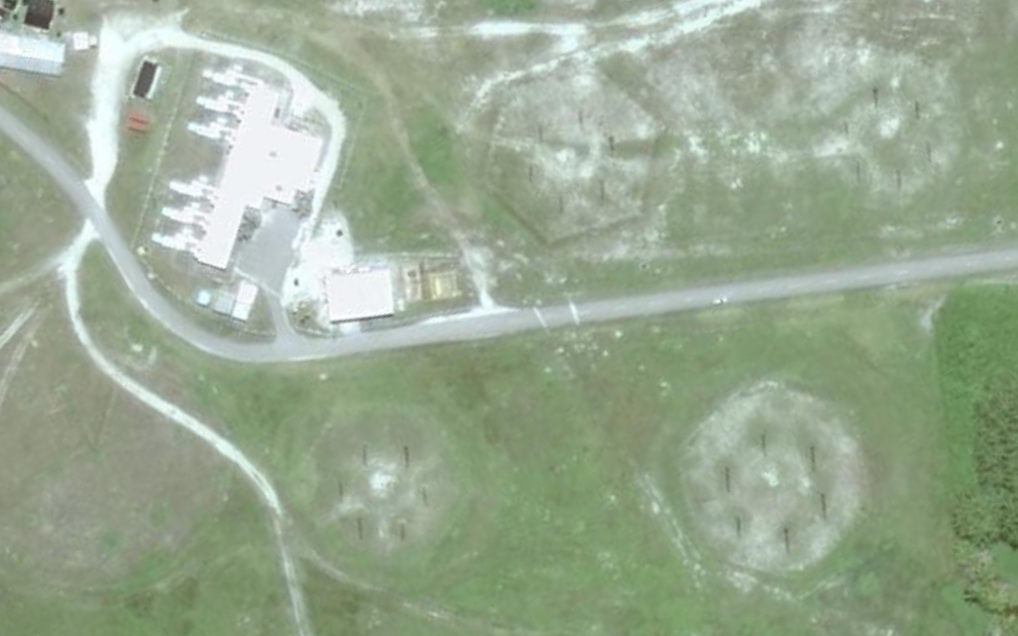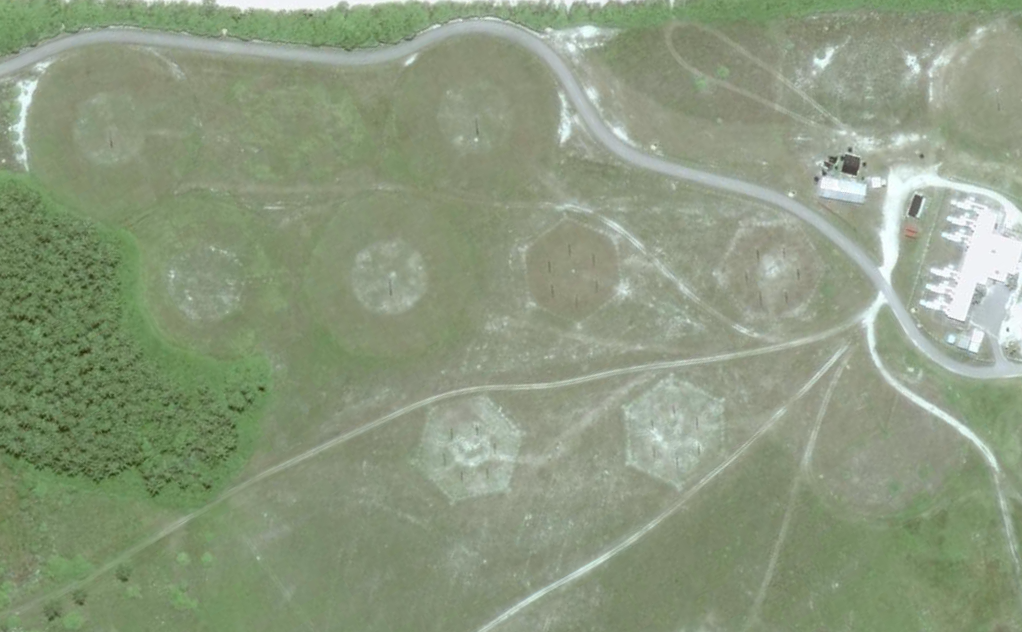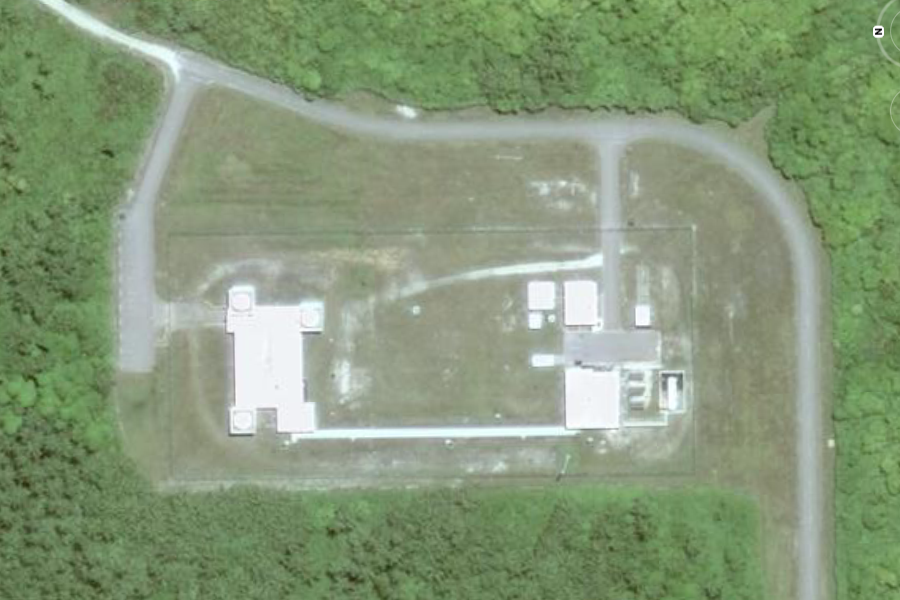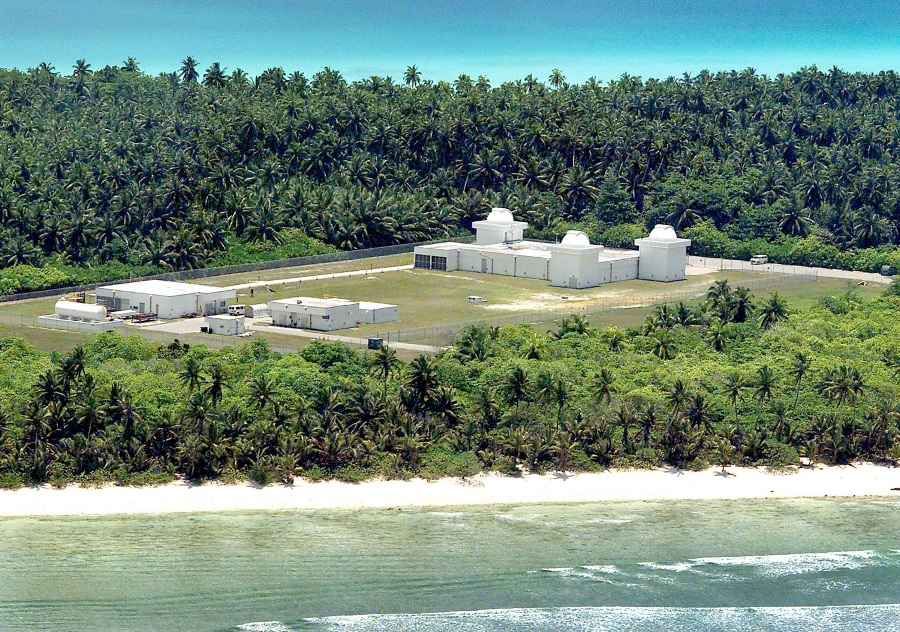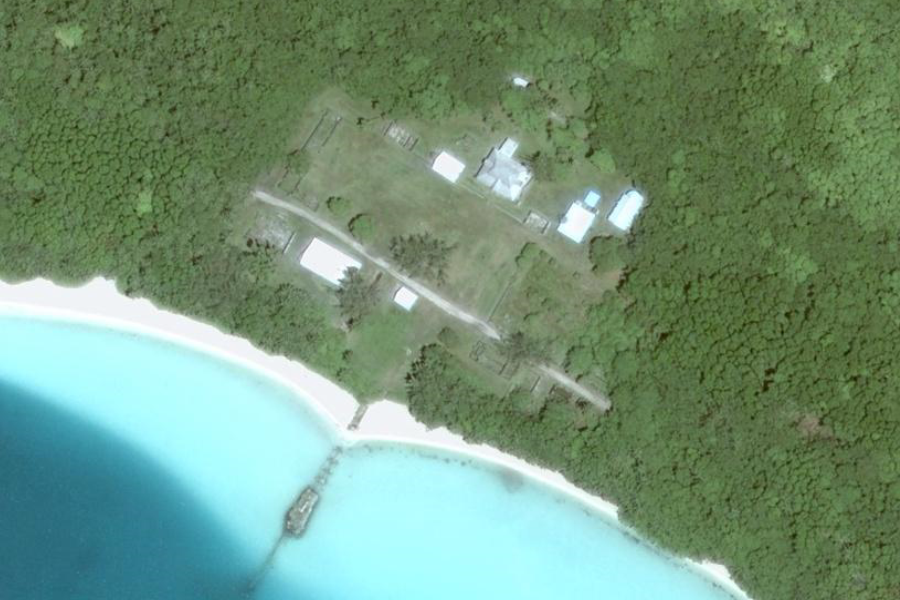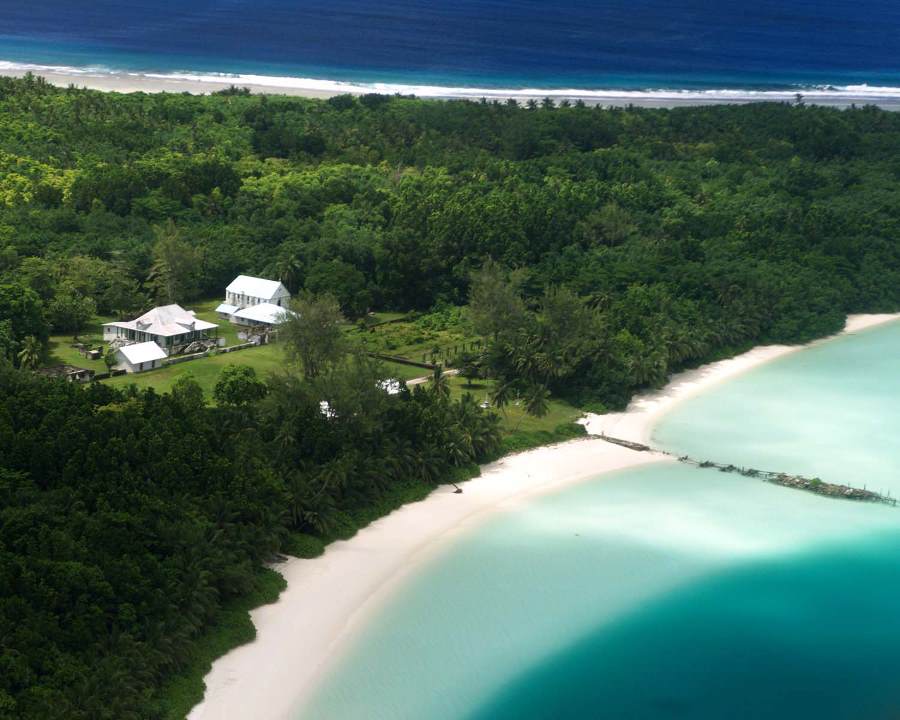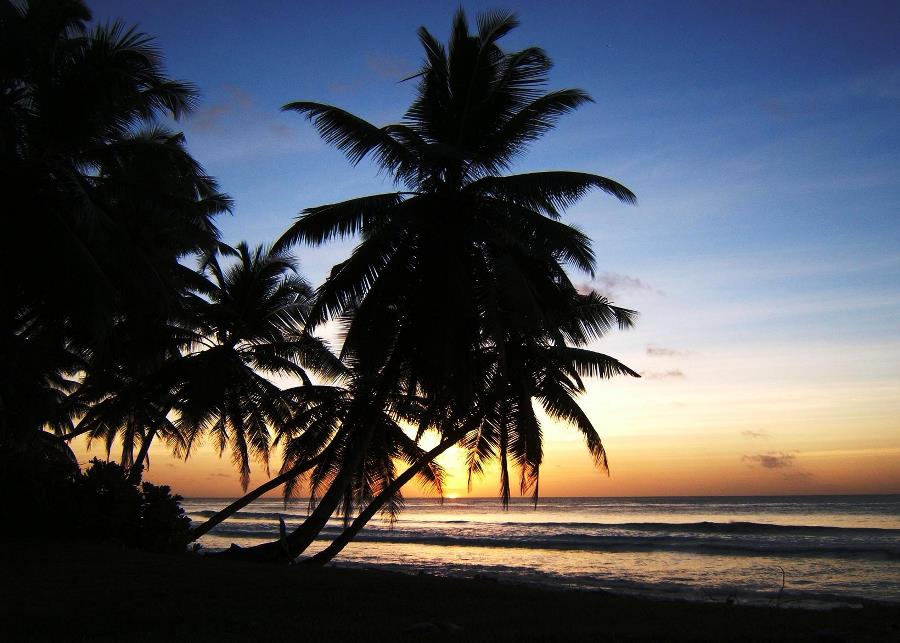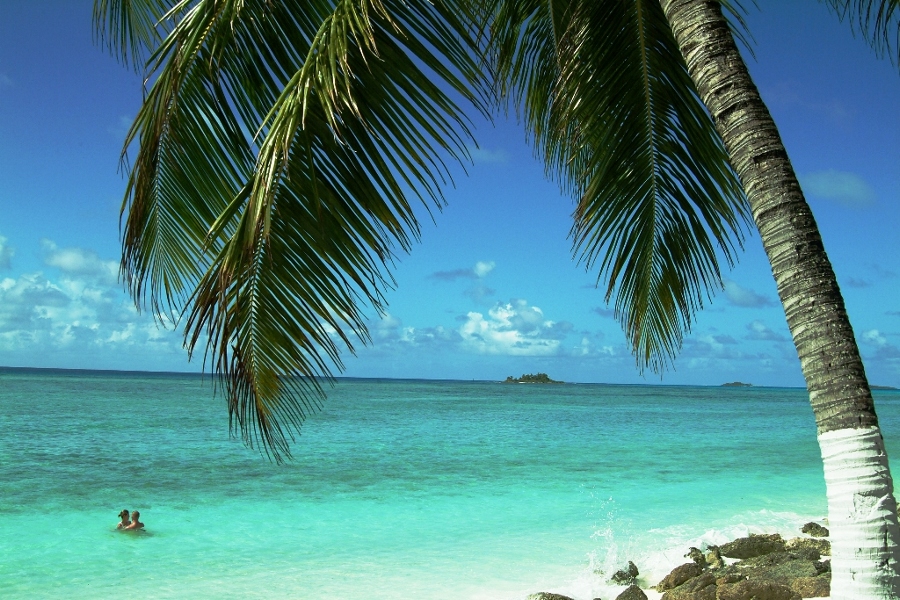|
|
||||||||||||||
|
Far East Detachment, Diego Garcia -7° 17' 51.51", +72° 24' 0.89" ..
"On behalf of the officers
and crew, welcome to the Official NCTS Far East Detachment Diego Garcia
World Wide Web page. We provide quality assurance evaluation and management
of Naval telecommunication facilities, communications security and Defense
Information System Agency assets. Additionally, we provide tactical and
strategic support to the fleet, national consumers, allied forces in the
Indian Ocean theater and all commands and activities on Diego Garcia."
|
||||||||||||||
|
British Indian Ocean Territory .. |
||||||||||||||
|
British Indian Ocean Territory ..
Diego Garcia is an atoll in the middle of the Indian Ocean, about 1,600 km (1,000 mi) south off India's and Sri Lanka's southern coasts. It is the largest atoll by land area in the Chagos Archipelago. It is part of the British Indian Ocean Territory (BIOT), a British overseas territory. Since the enforced depopulation of Diego Garcia in the years leading up to 1973, it has been used as a military base by the United Kingdom and the United States. It has one of five ground antennas assisting in the operation of the Global Positioning System, the others being on Ascension Island, Hawaii, Kwajalein and in Colorado Springs. It is covered in luxuriant tropical
vegetation, with little sign of the copra and coconut plantations that
once covered it. It is 60 kilometres (37 mi) long, with a maximum elevation
of 6.7 metres (22 ft), and nearly encloses a lagoon about 19 kilometres
(12 mi) long and up to 8 kilometres (5.0 mi) wide. Depths in the lagoon
extend to 30 metres (98 ft), and numerous coral heads form hazards to navigation.
Shallow reefs surround the island on the ocean side. The channel and anchorage
area are dredged, while the old turning basin can also be used.
On November 30, 1983 a magnitude 7 earthquake 55 km (34 mi) northwest of the island caused a small tsunami resulting in a 1.5 m (5 ft) rise in wave height in the lagoon, causing some damage to buildings, piers and the runway.
Until 1971 Diego Garcia had a native population of 2,000 Chagossians or Ilois, descendants of Indian workers and African slaves who had been brought to the island in the eighteenth and nineteenth centuries to work on the coconut and copra plantations. They lived in three settlements: East Point, the main settlement on the eastern rim of the atoll; Minni Minni, 4.5 km (2.75 mi) north of East Point; and Pointe Marianne, on the western rim. The islanders were forcibly depopulated to the Seychelles and then to Mauritius using controversial techniques by the UK government. Since their expulsion the Chagossians have continually asserted their right to return to Diego Garcia. In April 2006, 102 Chagossians were allowed to visit Diego Garcia for a week, to tend to graves and visit their birthplaces. For a good general history of the Islands and what happened to the Ilois, refer to The Minority Rights Group Report No 54 - 'Diego Garcia: a contrast to the Falklands.
IATA: NKW – ICAO: FJDG Airport type: Naval Support
Facility
Diego Garcia is home to a military base jointly operated by the United States and the United Kingdom. It is a naval refuelling and support station and the home of Maritime Prepositioning Ship Squadron Two, the naval unit responsible for the readiness of the ships in Military Sealift Command Prepositioning Program in the Indian Ocean, a vital strategic asset to the United States. It has an air base that primarily supported land-based U.S. Navy P-3 Orion maritime patrol aircraft during the Cold War. Since 11 September 2001, in addition to P-3 aircraft, it has also supported some of the largest military aircraft. U.S. Air Force B-52s, B-1Bs and B-2s, as well as various aerial refueling tanker aircraft have been deployed to Diego Garcia to execute missions. During the 1991 Gulf War, Diego Garcia was home to the 4300th Bomb Wing (Provisional), made up of B-52G bombers from the former Loring AFB, Maine and other B-52G bases. It was also used in support of military missions in Afghanistan during Operation Enduring Freedom, and to Iraq again during the 2003 invasion. High-tech portable shelters to support the B-2 bomber were built on the island before the 2003 invasion of Iraq. The B-52s, B-1s and B-2s deployed to Diego Garcia in anticipation of the second Iraq War carried out the initial aerial bombardment on Baghdad on March 22, 2003. Some of these bombers dropped GPS guided bombs and laser guided 1,905 kg (4,200 lb.) bunker busters in "decapitation strikes" intended to kill Saddam Hussein and other Baath Party officials. Although they now primarily deploy to Al Udeid Air Base in Qatar, Diego Garcia still remains a regular deployment site for U.S. Navy P-3C Orion maritime patrol aircraft.
Runway 13, Diego Garcia. The Bones in the foreground are from the 28th Bomb Wing, Ellsworth AFB, South Dakota, and the 366th Wing, Mountain Home AFB, Idaho
..
..
-7° 16' 45.53", +72° 22' 8.88" In the lower left corner amongst the trees is a large antenna grid mostly hidden by the foliage. The other two circles are also antenna arrays #1 and #2 but they do not show up clear enough to warrant a closeup image. The green rectangles in the top right are water treatment facilities for the residential base off to the right
..
..
-7° 16' 45.53", +72° 22' 8.88" ..
..
|
||||||||||||||
|
..
..
-7° 22' 32.46", +72° 25' 43.47" ..
-7° 22' 54.90", +72° 25' 32.35" ..
-7° 22' 49.85", +72° 25' 36.90" ..
-7° 23' 16.50", +72° 25' 24.39" ..
-7° 23' 37.95", +72° 25' 17.90" ..
-7° 25' 49.25", +72° 26' 32.99" ..
..
..
-7° 24' 44.22", +72° 27' 7.90" GEODSS - Ground-based Electro-Optical
Deep Space Surveillance
Ground-based Electro-Optical Deep Space Surveillance GEODSS is an optical system that uses telescopes, low-light level TV cameras, and computers. GEODSS tracks objects in deep space, or from about 3,000 mi (4,800 km) out to beyond geosynchronous altitudes. Read more at Wikipedia: United
States Space Surveillance Network
http://bbs.keyhole.com/ubb/showflat.php?Number=856629
Trackers watch for dangerous 'space junk' The Ground-Based Electro-Optical Deep Space Surveillance System (GEODSS) facility at Diego Garcia is one of three operational sites worldwide. Specialists at the three sites track known man-made deep space objects in orbit around earth. (United States Air Force photo/Senior Master Sgt. John Rohrer)
-7° 21' 11.78", +72° 28' 3.60" ..
(Former Main Settlement) Aerial photograph of the coconut plantation at East Point, Diego Garcia. Photograph shows strip of land between both ocean and lagoon. The island hosts a large airstrip used by the U.S. Armed forces during the Gulf war for operating B-52s. U.S. Submarines and Navy Seal teams have also populated the island in the past. In 1986 The USS Saratoga (CV 60) was docked at the island when it was called away to respond to threats by Lybian Leader Momar Kadaffi and the "Line of Death" in the Gulf of Sidra (also known as the Gulf of Sirte). The carrier left its port while many of its ±4500 sailors were still on the island, which subsequently had to be airlifted via helicopter as the ship made its way to the Mediterranean. The Saratoga spearheaded the assault on the African Nation. |
||||||||||||||
|
Paradise Lost ..
Diego Garcia: looking west over the Indian Ocean from Cannon Point at sundown.. History Portuguese explorers discovered Diego Garcia in the early sixteenth century. The island's name is believed to have come from either the ship's captain or the navigator on that early voyage of discovery. The islands remained uninhabited until the 18th century when the French established copra plantations using slave labour. Diego Garcia became a possession of the United Kingdom after the Napoleonic wars, and from 1814 to 1965 it was a dependency of Mauritius. In 1914, the island was visited by the German cruiser SMS Emden. In 1965, the Chagos Islands, which include Diego Garcia, were detached from Mauritius to form part of the British Indian Ocean Territories (BIOT). In 1966 the crown bought the islands and plantations, which had been under private ownership and which had not been profitable with the introduction of new oils and lubricants. In 1971, the plantations were closed because of the agreement between the United Kingdom and the United States to make Diego Garcia available to the U.S. as a military base. No payment was made as part of this arrangement, although it has been claimed that the United Kingdom received a US$14 million discount on the acquisition of Polaris missiles from the United States.[3] The agreement forbids any other economic activity on the island. Until 1971 Diego Garcia had a native population of 2,000 Chagossians or Ilois, descendants of Indian workers and African slaves who had been brought to the island in the eighteenth and nineteenth centuries to work on the coconut and copra plantations. They lived in three settlements: East Point, the main settlement on the eastern rim of the atoll; Minni Minni, 4.5 km (2.75 mi) north of East Point; and Pointe Marianne, on the western rim. The islanders were forcibly depopulated to the Seychelles and then to Mauritius using controversial techniques by the UK government[4]. Since their expulsion the Chagossians have continually asserted their right to return to Diego Garcia. In April 2006, 102 Chagossians were allowed to visit Diego Garcia for a week, to tend to graves and visit their birthplaces. For a good general history of the Islands and what happened to the Ilois, refer to The Minority Rights Group Report No 54 - 'Diego Garcia: a contrast to the Falklands. SOURCE: Wikipedia Diego Garcia Like many other places in the South pacific... what could be a Paradise is now so only for the handful of Military people that serve on the islands... Paradise Lost... to the Military Machine...
|
||||||||||||||
| FAIR USE NOTICE: This page contains copyrighted material the use of which has not been specifically authorized by the copyright owner. Pegasus Research Consortium distributes this material without profit to those who have expressed a prior interest in receiving the included information for research and educational purposes. We believe this constitutes a fair use of any such copyrighted material as provided for in 17 U.S.C § 107. If you wish to use copyrighted material from this site for purposes of your own that go beyond fair use, you must obtain permission from the copyright owner. | ||||||||||||||
|
|
